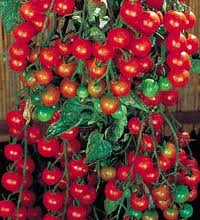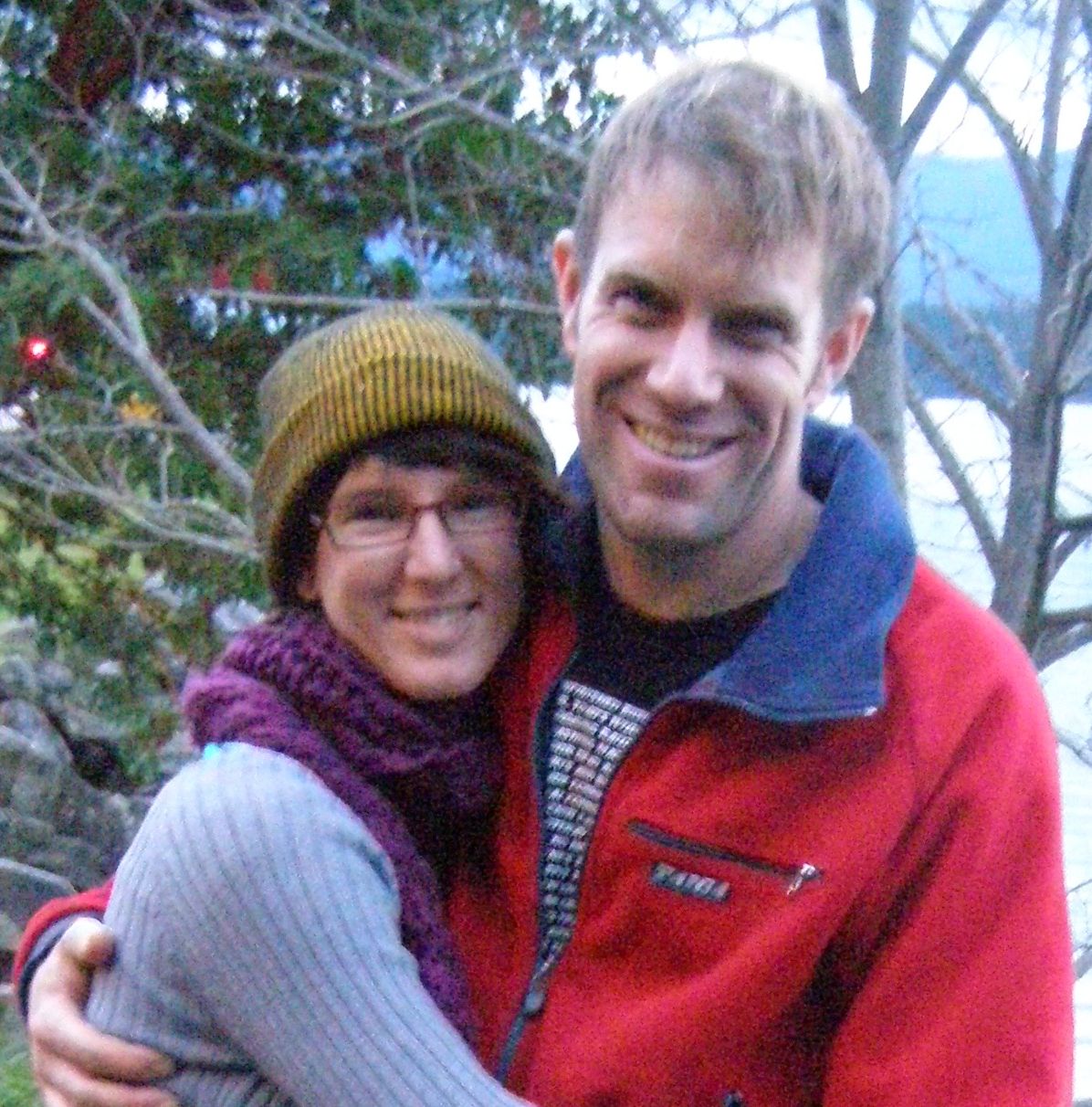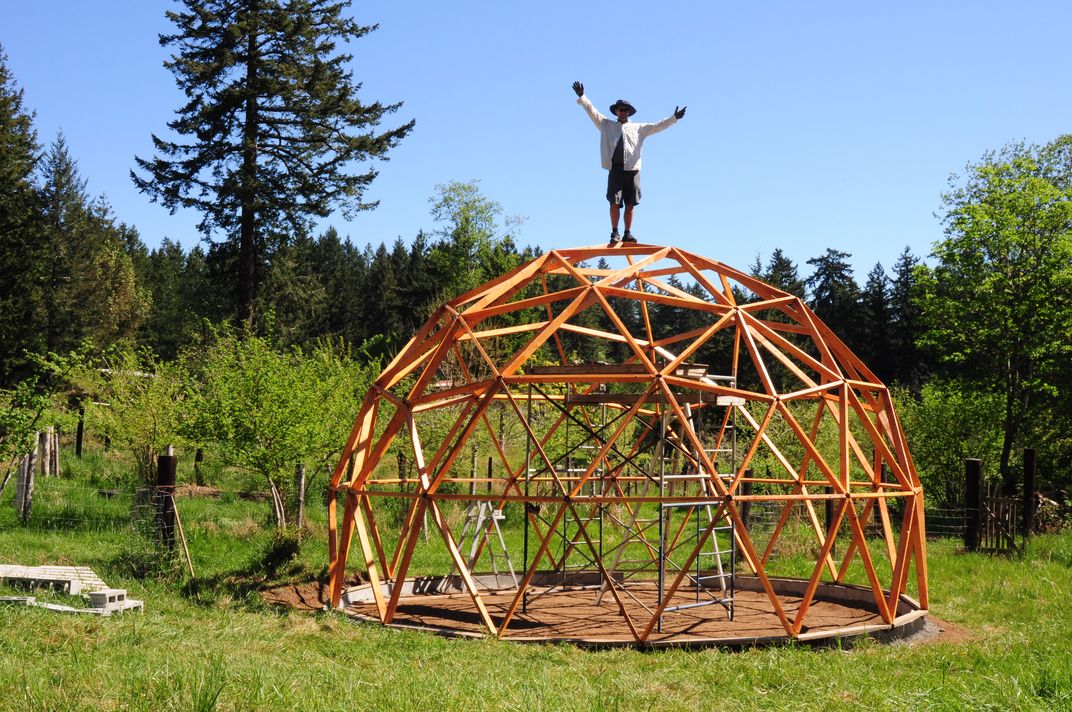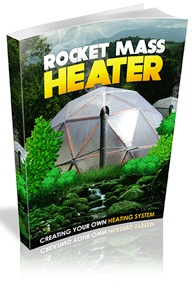Lets Get Serious About Geodesic Greenhouse Tomato Growing
Pretty much anyone can go to the store and pick up a few tomato seedlings and slap them into your geodesic greenhouse. However, if you want serious production and huge delicious fruit then first you need to check out Kacper’s amazing tomato book. Then, check back here to “bone up” on other factors that can seriously effect the yield of your tomato harvest.
Environmental Conditions in Your Dome Greenhouse
Temperature is a key role in the size and quality of the fruit. Basically, the optimum nighttime temps should stay between 60 and 65 degrees F. This provides optimum conditions for growth, fruit set and fruit ripening. Daytime temperatures should be kept between 70 and 80 degrees F. Make sure your automatic vent is set to start cooling when temperatures within the greenhouse dome hit 80 degrees F.
The movement of air is also very important in tomato production. Air circulation maintains a constant level of humidity and helps reduce potential problems. If you have vents open for cooling then this isn’t a problem but if not make sure you have some type of passive or active air circulation in place.
Tomato Plant Spacing
Leave 3 to 3.5 square feet per plant. Sometimes narrower rows may produce more fruit with minimal labor required to care for the additional number of plants.
Time Between Planting and Harvest
Plant your starts 85 to 100 days before you would like to have tomatoes on the table. Tip: Leave at least five to seven leaves above last fruit bunch to prevent sunburned tomatos. Don’t forget to remove flower buds above last fruit bunch to prevent the plant setting more fruit.
Pruning and Training Your Geodesic Hothouse Tomatoes
Most greenhouse tomatoes are formed to a single stem by pruning side shoots as they develop at the base of leaves. Side shoots must be removed weekly to allow the plant to put the most energy into fruiting.
Transplanting Young Tomato Starts
Tomato transplants should be buried one-half inch deeper than the were in the last pot. Plants tend to grow about a foot before they start falling over. So, support your plants by tying string to the stem near the base of the plant [not to tight though] and then tie the other end to overhead supports or wires at least 7 to 8 feet above the row. As the tomato plant grows, wrap twine around the plant every foot or so. Remember to wrap the string in the same direction each time though!
Getting Good Pollination
Brushing the flower clusters with a small paint brush is one means of transferring the pollen from the one flower to another and is necessary for fruit set. You can also experiment with a large fan (wind is normally responsible for pollination outdoors), though be careful you don’t drop the temperature too much.
Some experiments showed that brushing the flowers every day versus every other day resulted in no difference in number or size of fruit. However, pollinating before 10 a.m. or after 2 p.m. seemed to reduce the number and size of fruit.
Harvesting Your Geo Greenhouse Tomatoes
Tomatoes should be picked 3 times a week except maybe during the winter when yields are usually lower and twice weekly is sufficient. Whenever possible, fruit should be harvested when they are full-red color because the more the fruit ripens on the vine, the heavier and more flavorful they will be.
Vine ripened tomatoes, average 20 percent heavier then fruit picked earlier.
Some Problems and Solutions
- Square or puffy fruit – usually a carbohydrate deficiency. Increase light or remove shading trees outside.
- Blossom End Rot – Caused by a calcium deficiency or too much potassium and magnesium. Also may be due to lack of aeration in growth medium.
- Blossom Drop – same as puffy fruit above but can also be a sign of a manganese deficiency.
- Bun at edges of lower leaves, thin stems, and dark green near top of fruit – indicate excessive salts or nutrients. Rinse the growing media and water to remove salts.
- Failure of flower buds to develop into blooms – deficiency of manganese especially during December and January.
- New leaves twist and curl downward into a ball-like growth – too much nitrogen with low boron. Try a boron sprays at top of plant then reduce nitrogen or restrict water which decreases nitrogen availability.
So, there you have it. A quick primer on growing geodesic greenhouse tomatoes! Don’t forget to grab Kacper’s amazing tomato book to learn even more tomato secrets that Kacper learned from his Polish grandfather.












Pingback: Giant Biodome Veggies | Geodesic Greenhouse.org